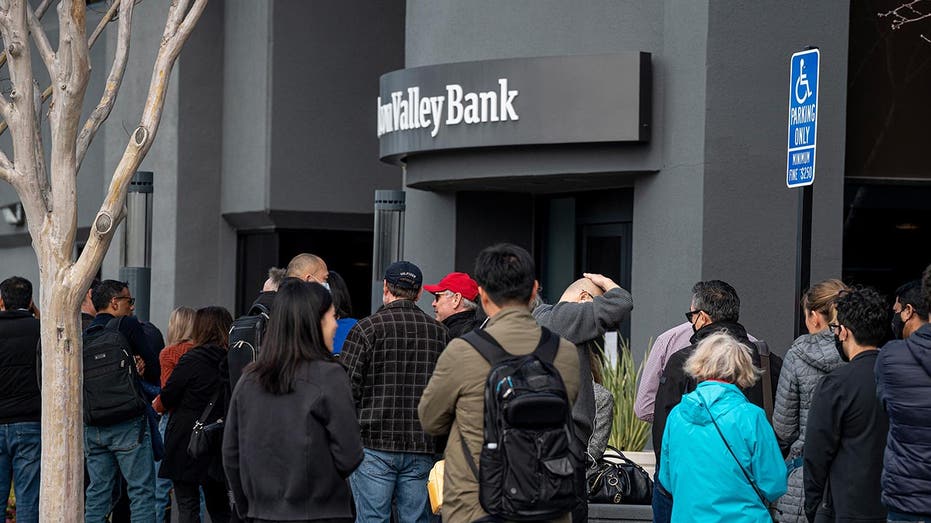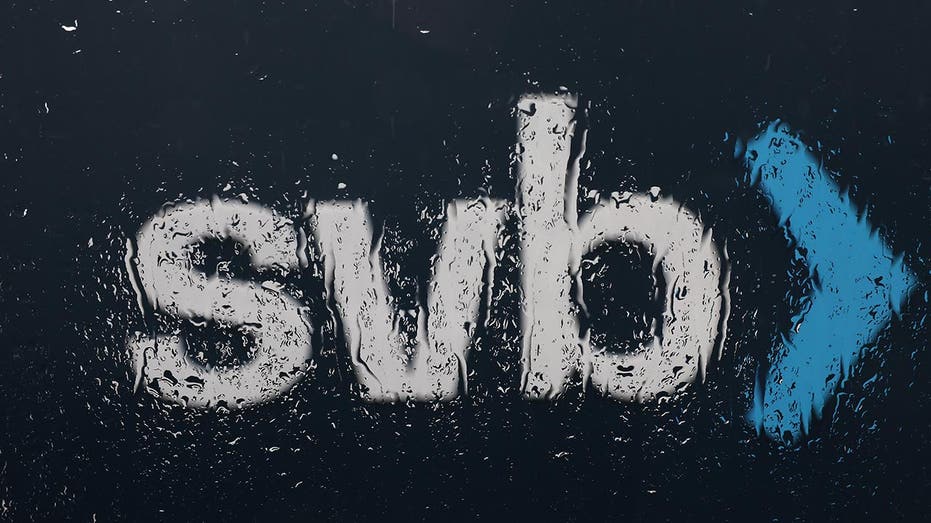Federal Reserve sounded alarm about Silicon Valley Bank's risk management in 2019: report
The Fed reportedly raised concerns about SVB at least four years before collapse
Was Silicon Valley Bank too woke to fail?
Strategic Wealth Partners CEO Mark Tepper and Fox News contributor Richard Fowler weigh in on the 'meltdown' leading up to the collapse of Silicon Valley Bank and Signature Bank on 'WSJ at Large.'
The Federal Reserve began sounding the alarm about Silicon Valley Bank's (SVB's) risk management arm starting at least four years ago in 2019, according to a report.
In January 2019, the Fed issued a warning known as a "Matter Requiring Attention," a citation a step-down from an enforcement action, about SVB's risk-management systems, The Wall Street Journal reported, citing documents from a presentation circulated last year to employees of SVB’s venture-capital arm.
The presentation reportedly said the Fed again warned SVB in 2020 that its system to control risk did not meet the expectations for a large financial institution, or a bank holding company with more than $100 billion in assets. The bank at that time was in a period of rapid growth as deposits flooded in at the early onset of the COVID-19 pandemic.
According to the Journal, the presentation notes that SVB's average level of interest-earning assets grew 76% in the first quarter of 2021, compared with the same period one year earlier.
SVB FALLOUT: VENTURE CAPITALIST POINTS TO ‘SILVER LINING’ IN FALLOUT

The Fed reportedly has raised concerns about the bank since 2019. (Liu Guanguan/China News Service/VCG via Getty Images / Getty Images)
Federal Deposit Insurance Corp. data shows SVB's assets grew to $114 billon at the end of 2020. That was up from the bank's $70 billion in 2019 – the year the Federal Reserve first raised eyebrows.
SVB had nearly twice as much in assets from 2020 to the end of 2021, clocking in at about $209 billion.
Questions remain around why SVB was allowed to double in size after the Fed raised concerns about the bank's risk management systems. A Federal Reserve review of its oversight of SVB is due by May.
The Journal reports that large banks that do not meet the Federal Reserve's expectations are supposed to take corrective measures or risk enforcement action.
Officials told the newspaper that SVB, which was viewed as an unusual case for regulators given its customers were concentrated in tech start-ups and venture capitalists, had drawn concern over its portfolio of securities, which tanked in value as the Federal Reserve increased interest rates. It is unclear if the central bank, which is supposed to hold more stringent rules for larger banks, ever held SVB to that standard.
SAN FRANCISCO FED CRITICIZED FOR MISSING SILICON VALLEY BANK'S RED FLAGS

The collapse of SVB has prompted a global reckoning at venture capital and private equity firms exposed to the tech industry's money machine. (David Paul Morris/Bloomberg via Getty Images / Getty Images)
Before SVB's collapse, which is considered the second-largest bank failure in U.S. history, its parent company had disclosed that the market value of its held-to-maturity bonds was $15.9 billion less than their balance-sheet value at the end of September 2022, according to the Journal, representing only slightly more than SVB’s $15.8 billion of total equity at the time.
That means SVB's bleak financial conditions were known months before its implosion. A large and concentrated number of uninsured depositors made a break for it when SVB announced a capital raise and the sale of numerous securities at a loss. Securities are typically viewed by regulators as relatively stable deposits signaling longstanding business relationships.

The Federal Reserve first flagged Silicon Valley Bank's risk management arm at least four years before its collapse. (Justin Sullivan/Getty Images / Getty Images)
After SVB and a second firm, Signature Bank, failed and were seized by the federal government, the industry’s overseers worried about more dominoes falling. The result was a swift agreement among the nation's leading banks to lay aside competitive instincts to come to the aid of a third lender, First Republic, as it too faced fleeing depositors and falling stock prices.
GET FOX BUSINESS ON THE GO BY CLICKING HERE
With Washington greasing the wheels, a coalition of U.S. lenders announced Thursday that they would put $30 billion in uninsured deposits into the California-based bank.
The Associated Press contributed to this report.




















